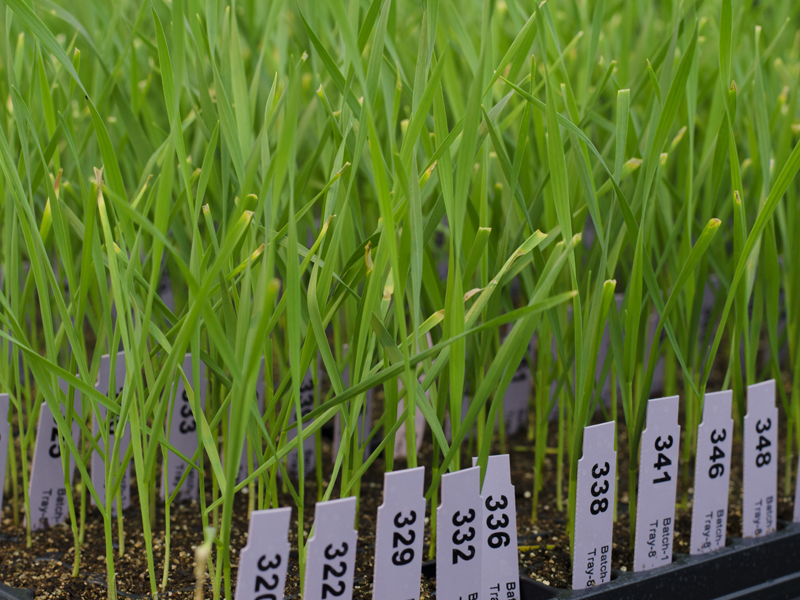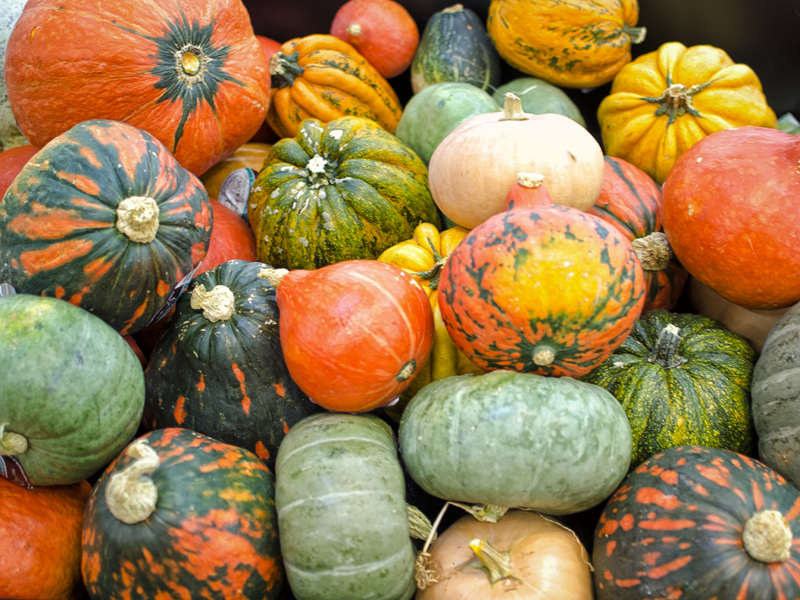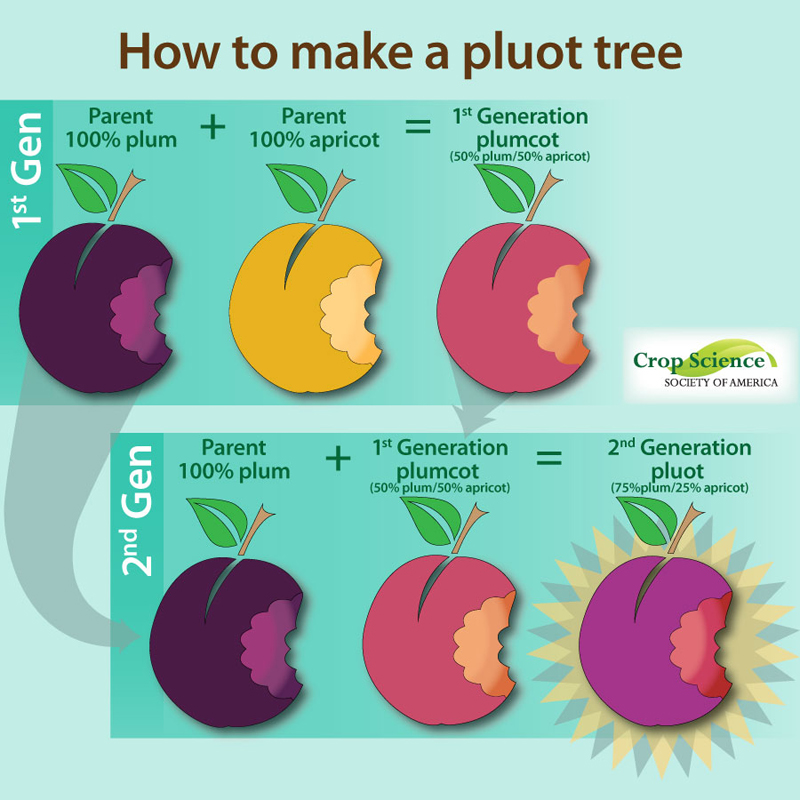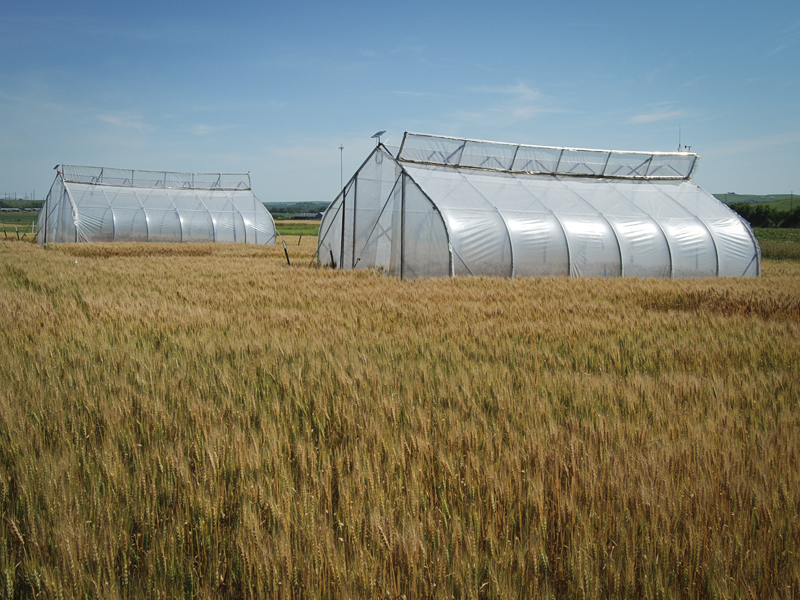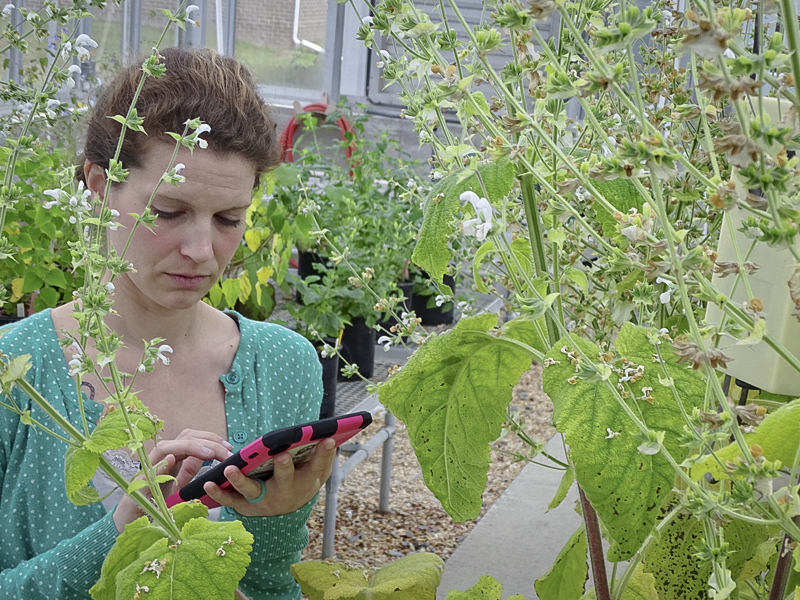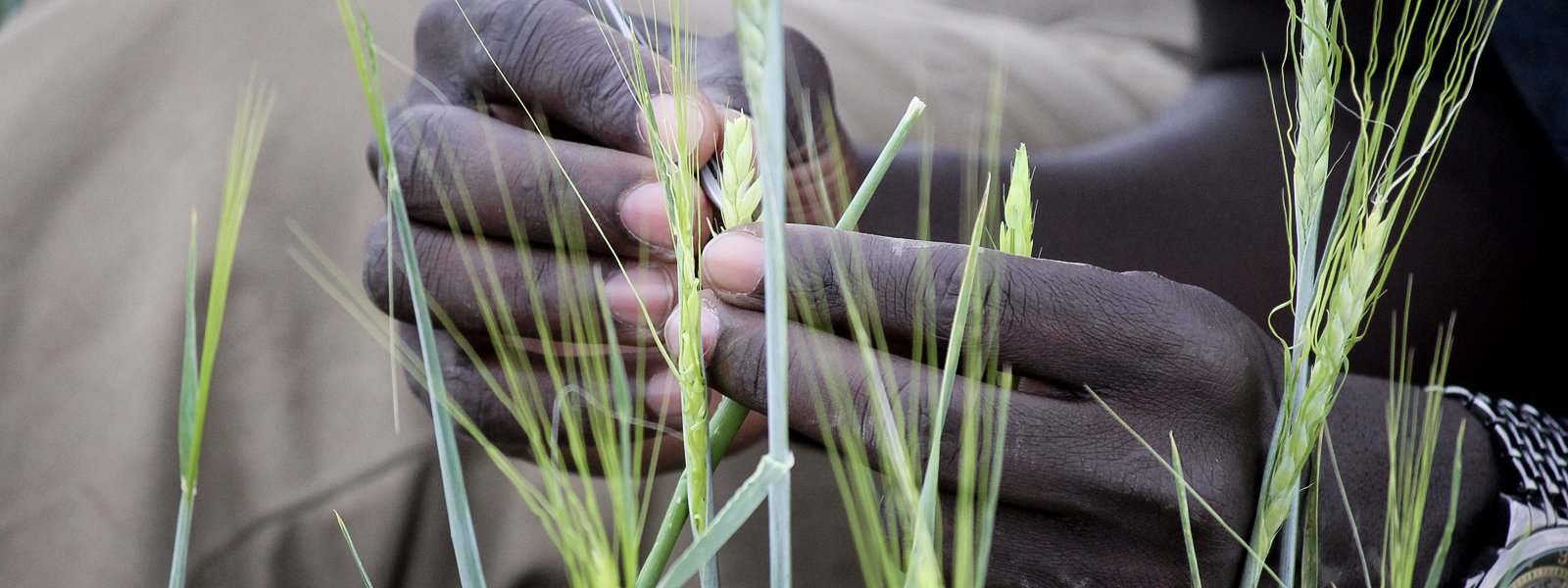
Crop breeding
What is crop breeding?
Crop breeding is the art and science of improving important agricultural plants for the benefit of humankind. Crop breeders work to make our food, fiber, forage, and industrial crops more productive and nutritious. Crops provide for an expanding global population with increasing dietary expectations. Environmental protection is also improved by the work of crop breeders.
Plant breeding has been practiced by farmers since the dawn of agriculture, as they selected plants for larger seeds, more tasty fruits, and other valuable traits. Today, both farmers and scientists work to breed plants.
How does this crop breeding affect me?
Sweeter corn, apples with a longer shelf life, and popcorn that pops better were all developed by crop breeders. But it’s not just consumer preference that breeders work for. They breed for plant growing conditions found throughout the world! Traits that have been improved by crop breeding include:
- Yield (increasing how much is safely grown on the same amount of land; an example here and here)
- Resistance to pests and diseases (read here)
- Adaptation to environmental stresses such as heat, drought, frost, and salty soils (more here)
- Nutritional value (more about that here)
- Ease of harvest (an example here)
- Efficiency of breeding techniques (read more here)
- Taste, color, and texture (an example here)
- Creation of seedless varieties of fruits and vegetables (an example here)
What are the different kinds of crop breeding?
- Backcrossing or introgression breeding
Crop breeders sometimes use a process called backcrossing. A plant that has the desirable trait–let’s say mildew resistance–is crossed with a plant that doesn’t have that trait, but is desirable in all other traits. There is a quality control step to make sure that the only change to the original variety is the desired trait. For example, a high-yielding pea can be crossed with a mildew-resistant pea. The next generation plant is called the progeny. All progeny that are still mildew resistant are then crossed to their high-yielding parent. This is repeated a few more times, always crossing back to the high-yielding parent, and selecting the mildew-resistant progeny. This process ensures the next generation is in most ways similar to the high-yielding parent while adding the mildew-resistant quality from the other parent. - Inbreeding
Depending on the species, some plants may be fertilized by themselves. This is done to produce an inbred variety, which is exactly the same generation after generation. Because it preserves the original traits, it is useful in three ways: for research; as new, true-breeding cultivars; and as the parents of hybrids. - Hybrid breeding
In this situation, two different inbred varieties are crossed to produce an offspring with stable characteristics and hybrid vigor, where the offspring is much more productive than either parent. - Mutation breeding
Naturally occurring genetic mutations exist throughout the world. If these random examples are found and seen as an improvement, they can be used to create new varieties. Alternatively, mutations can be artificially encouraged by exposing plants to chemicals or radiation. - Molecular marker-assisted selection
This uses classical, backcrossing, or inbreeding and hybridization methods, with an important difference. Instead of selecting desirable plants based on the way they look or grow, breeders select plants after confirming the information on the genes the plants inherited from their parents. Just like having a map to an unfamiliar city, this takes some of the guesswork out of breeding. Researchers can confirm the gene is present, not just assume it is, before they move forward with breeding the plant. - Genetic engineering
Engineers who design bridges or skyscrapers insert strong building design into their plans. Similarly, modern genetics techniques can insert desirable traits into plants. The resulting plants are called transgenic or genetically modified organisms (GMOs). - Gene editing
These cutting-edge genetic techniques, including CRISPR-Cas9, enable breeders to modify specific genes directly. It targets very specific plant characteristics with razor-like precision.
Current challenges in crop breeding
Humans around the world have an increasing appetite for diverse and nutritious foods. Feeding the world is no easy task! The answer lies in using the croplands we have in the most sustainable ways. Crop breeders work to develop crop varieties that are more productive and more nutritious, despite challenging environmental conditions. Breeding projects might take these factors into consideration:
- Plants that conserve water and soil: These precious resources are limited and in demand.
- Plants that conserve genetic diversity: The broader our genetic diversity, the more resilient our crops can be against the next disease or natural disaster. (Read more about the importance of this in the Plant preservation section.)
- Plants that have better nutritional quality: More nutrition per calorie makes the best use of resources. (More about this in the Nutritional quality section.)
- Plants that produce more on the same or less land: We need to limit the further expansion of croplands to preserve our forests and other wild areas.
- Plants that are adaptable: Breeders also work to adapt our crops to rising temperatures and increasingly inconsistent weather.
These challenges are out there—and changing every day.
Future opportunities in crop breeding
Crop breeding is a rapidly advancing science. It is able to make use of genetic and biotechnological innovations to efficiently develop better crop varieties.
Recent biotechnological developments are helping breeders make desired genetic changes with much greater precision. Breeders can cut out, add in, or otherwise “edit” genes so a plant can be more productive. Techniques such as marker-assisted selection mean plant breeders can quickly choose plants with desirable traits.
In addition, crop breeders gather a lot of information about the unique qualities of each plant. This means plant breeders have to be savvy in the art of working with vast amounts of data. Developing methods to store, share, and quickly analyze these data will produce significant advances in plant breeding.
Read more about plant breeding research here.

